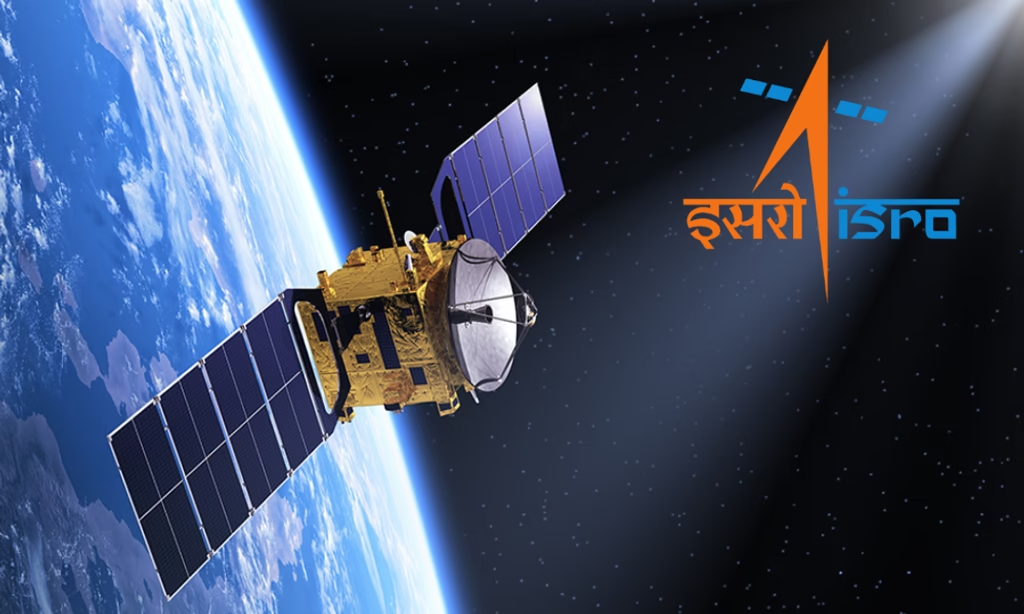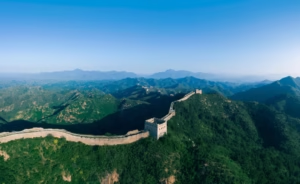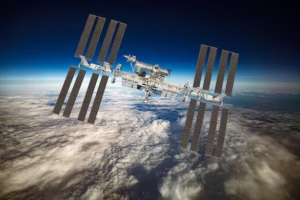Why is the temperature of the Earth rising Rapidly
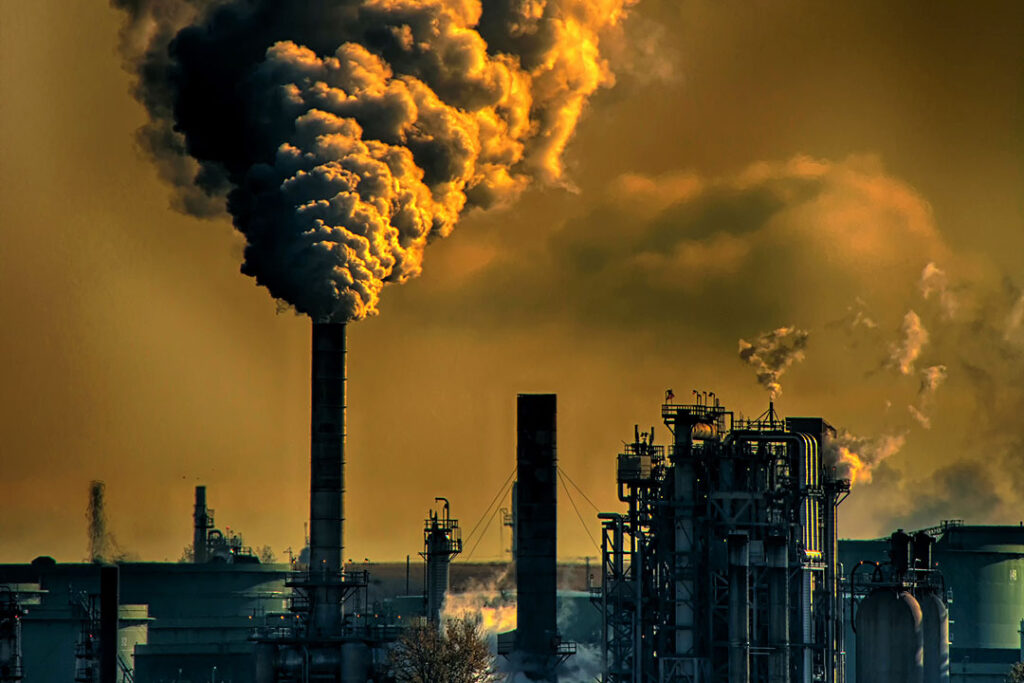
The Earth’s temperature is rising. Every year, we hear about heatwaves, melting ice, forest fires, and droughts. This is not just nature changing on its own — it’s a sign that something is wrong with how we are treating our planet.
In this article, we will explore:
- What is increasing temperature (also called global warming)?
- What are the reasons and causes behind it?
- What can we do to stop or slow it down?
What is Increasing Temperature?
Increasing temperature, also known as global warming, means that the average temperature of the Earth is going up over time. This rise in temperature is not just about hot weather. It affects the air, water, land, animals, plants, and human life.
The Earth has always had natural cycles of warming and cooling, but since the 1800s, human activities have caused temperatures to rise much faster than before.
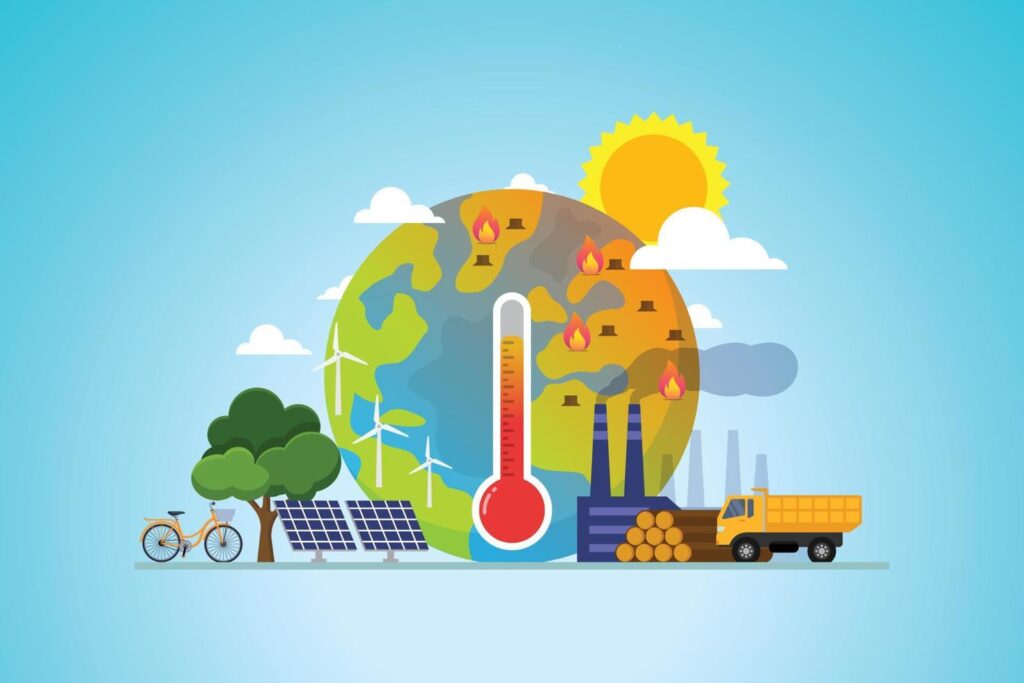
What Causes the Earth to Warm Up?
1. Greenhouse Gases
The biggest cause of rising temperature is the increase of greenhouse gases in the atmosphere.
These gases include:
- Carbon dioxide (CO₂): from cars, factories, power plants
- Methane (CH₄): from livestock (like cows), landfills, and gas leaks
- Nitrous oxide (N₂O): from fertilizers and burning fossil fuels
- Chlorofluorocarbons (CFCs): from old refrigerators and air conditioners (now banned in many countries)
These gases trap heat in the Earth’s atmosphere. This is called the greenhouse effect. While the greenhouse effect is natural and helps keep Earth warm, too much of it makes the planet hotter than it should be.
2. Burning of Fossil Fuels
We use coal, oil, and gas for electricity, transport, and heating. When these fuels are burned, they release large amounts of carbon dioxide and other greenhouse gases.
Examples:
- Cars, buses, and airplanes burn fuel
- Factories use coal and oil to run machines
- Power plants use fossil fuels to generate electricity
All these activities add to the rising temperature.
3. Deforestation
Trees absorb carbon dioxide from the air and give us oxygen. When we cut down forests (called deforestation), two bad things happen:
- There are fewer trees to absorb CO₂
- Burning or rotting trees release the stored CO₂ back into the air
This increases the amount of greenhouse gases and adds to global warming.
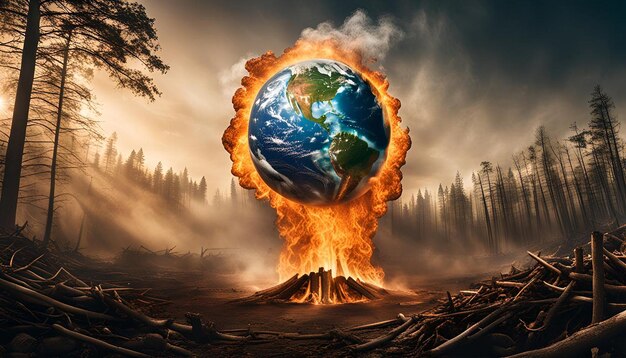
4. Industrial Activities
Modern factories and industries create many products — from clothes to phones to furniture. Most of these industries release harmful gases during production.
Some industries also release toxic chemicals that harm the environment and make the air dirtier.
5. Agriculture and Livestock
Agriculture is another major cause of rising temperatures.
- Livestock (like cows and sheep) produce methane gas during digestion.
- Fertilizers used in farming release nitrous oxide.
- Rice fields and wet soils also give off methane.
These gases are more powerful than CO₂ and add to global warming.
https://sypertimes.com/global-warming-and-the-melting-of-antarctica/
6. Waste and Landfills
Our garbage ends up in landfills. As the waste breaks down, it releases methane gas. Plastics and other non-biodegradable waste also pollute the environment and take hundreds of years to decay.
How Is Increasing Temperature Affecting Us?
Rising temperatures are already causing big changes across the world. Some of these effects include:
1. Melting Ice and Rising Sea Levels
The polar regions (Arctic and Antarctic) are warming faster than the rest of the world. Glaciers and ice caps are melting, causing sea levels to rise.
This leads to:
- Flooding of low-lying cities and islands
- Loss of homes for people and animals (like polar bears)
- Saltwater entering freshwater sources
2. Extreme Weather Events
Hotter temperatures lead to:
- Stronger storms and hurricanes
- Heatwaves and wildfires
- Longer droughts and dry spells
- More intense rainfall and floods
These events destroy homes, kill wildlife, and harm the economy.
3. Loss of Biodiversity
Animals and plants that can’t adapt to the changing climate may die. Forests are burning, coral reefs are dying, and many species are at risk of extinction.
This reduces the balance of nature and affects food chains.
4. Health Problems
High temperatures can cause:
- Heatstroke and dehydration
- Increase in diseases like malaria and dengue (spread by mosquitoes)
- Poor air quality, leading to asthma and breathing problems
Children, elderly people, and those with health issues suffer the most.

5. Impact on Food and Water
- Crops fail due to droughts or floods
- Less freshwater is available due to dry rivers and lakes
- Food prices go up as supply goes down
This can lead to hunger and water shortage in many countries.
What Can We Do to Rescue the Planet?
Even though global warming is a serious problem, we can still slow it down — but we must act now. Everyone can help: governments, companies, communities, and individuals.
1. Use Clean Energy
Switch to renewable energy sources:
- Solar power
- Wind power
- Hydropower
- Geothermal energy
These sources do not release greenhouse gases and are good for the planet.
2. Save Electricity
Simple steps at home can save energy:
- Turn off lights and fans when not in use
- Use energy-saving bulbs (like LEDs)
- Reduce the use of air conditioners
- Use appliances with high energy ratings
3. Plant More Trees
Trees absorb carbon dioxide and provide shade, clean air, and homes for animals. Start a tree-planting project in your school, colony, or town.
4. Use Public Transport
Cars and bikes release a lot of CO₂. Reduce this by:
- Taking buses or trains
- Walking or cycling short distances
- Carpooling with friends or neighbors
5. Reduce, Reuse, Recycle
Follow the 3 Rs to reduce waste:
- Reduce what you use (buy less plastic)
- Reuse items instead of throwing them away
- Recycle paper, plastic, glass, and metal
This keeps landfills small and saves natural resources.
6. Eat Sustainably
- Eat more plant-based foods
- Reduce food waste
- Support local farmers and organic farming
Producing plant food creates less pollution than raising animals.
7. Raise Awareness
Teach others about climate change. Support policies and leaders who care about the environment. Use social media to share tips and ideas.
Every small action adds up.
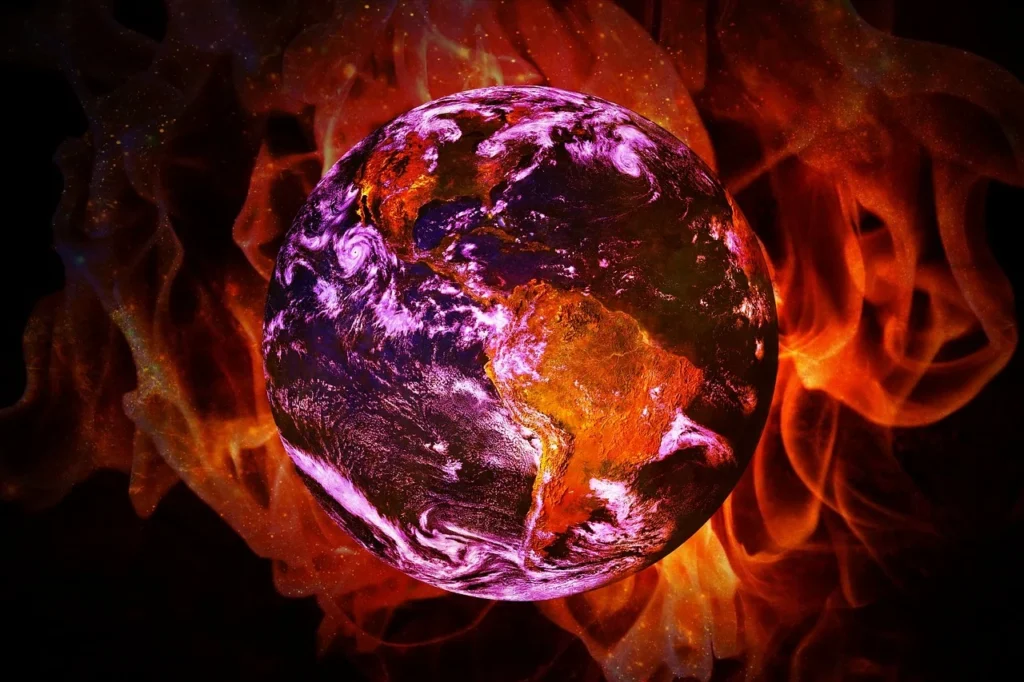
What Are Governments and Organizations Doing?
Many countries are working together to reduce global warming. Some global efforts include:
1. The Paris Agreement (2015)
Nearly 200 countries agreed to limit global warming to below 2°C and aim for 1.5°C. They promised to reduce emissions and use clean energy.
2. Climate Conferences (COP)
Every year, world leaders meet to talk about climate change and take new steps. These conferences are called COP (Conference of the Parties). They help track progress and set new goals.
3. Green Policies and Laws
Countries are making laws to:
- Ban harmful gases
- Support electric vehicles
- Protect forests and wildlife
- Promote green buildings and clean energy
4. NGOs and Climate Groups
Groups like Greenpeace, WWF, and many others are spreading awareness, planting trees, and cleaning up the environment.
Conclusion
The increasing temperature of the Earth is a serious problem — but it’s not too late to fix it. We know what causes it, and we know what we can do to stop it.
If each of us takes responsibility — even in small ways — we can protect our planet for future generations. Let’s save electricity, plant trees, use clean energy, reduce waste, and care for nature.
Together, we can create a cooler, greener, and safer world.

